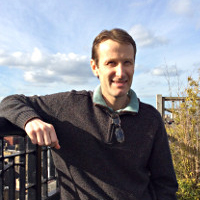I expect we have all had the experience reflecting on something very satisfying or amusing as we go about our business and suddenly realising that we’re grinning like the Cheshire cat and to those around us must appear somewhat manic or deranged. Conversely there are times when you notice someone else who’s expression betrays some internal revelry and you realise that whilst you might be physically proximate, you’re living in rather different worlds.
In the Hebrew scriptures we read that when Moses came down from Mount Sinai speaking with God, his face shone but in this case it seems that proximity to God’s glory had transformed his countenance so much that the Israelites were terrified, it seems to be like some kind of radioactive glow, and Moses had to veil his face.
The change in the appearance of Jesus’ countenance in the Gospel passage we’ve just heard is reminiscent of Moses but the account also provides a stark contrast because in this instance Jesus’ clothes become “dazzling white” because he is the very source of divine glory. To the disciples the event is shocking. This is beyond ordinary human experience. Peter in his confusion suggests building booths but soon the disciples fall silent.
Now we celebrate the feast of the Transfiguration in August but it’s a very relevant subject for our attention at this time in the liturgical year because it’s a pivotal point in the Gospel narrative as attention turns decisively towards the cross as we look to the start of Lent this week. It’s appropriate also on a day when we welcome a new member to the body of Christ in the waters of baptism because the voice that came out from the cloud, saying, “This is my Son, my Chosen; listen to him!” echoes that heard at Jesus’ baptism although on that occasion the voice addressed Jesus directly – “You are my Son, the Beloved; with you I am well pleased”. Here the message is directed to his disciples, proclaiming his identity – “This is my son, my chosen”, and requiring the obedient response of the disciples – “listen to him” the voice says.
The transfiguration is a significant event in the Gospel connecting Christ to the Patriarchs of the Jewish faith, resonating as it does with the stories of Moses on Sinai and of Elijah who also experienced God on the mountain in a still small voice. As important as that is though, the relevance and significance of this passage for us today is found primarily elsewhere. As I was preparing for this morning it struck me that the word ‘transfiguration’ that we use to describe this event isn’t one found in scripture. It’s actually a 14th century word derived from Latin, trans -figure, to change shape or to change form. It’s a term that concerns the implications of this event, and that goes beyond establishing connection between Jesus and Jewish history and even Jesus as the fulfilment of messianic prophesy. Rather, it points to the transformative power of divine glory and of the importance of prayer as we are called to die to self in service of God and our brothers and sisters whom he holds, with us, in his eternal love.
Prayer is a significant theme throughout Luke’s writings as Scott Scauf, an American theologian points out. Following his baptism, the Holy Spirit descended on Jesus while he his praying. Jesus’ selection of the twelve apostles occurred after spending a night in prayer. Peter’s confession of Jesus as the Messiah occurred whilst Jesus was praying. Later in his Gospel Luke describes Jesus praying in the garden of Gethsemane before his arrest and on the cross before his death.
Prayer here is not merely speaking words to God but is a spiritual experience of God. In case we think that the possibility of divine encounter is limited to Jesus, we see the same thing with a variety of characters in Acts, also written by Luke – the gathered early church experienced a dramatic divine response to their communal prayer, the centurion Cornelius’s prayers result in an angel being sent to him and in him being chosen by God as the first Gentile Christian, Paul and Silas are miraculously freed from prison while praying, Paul experiences an encounter with the risen Christ while praying.
Now, I wouldn’t suggest that we should expect our experience of prayer to be comparatively revelatory, that’s very far from my own experience, but these descriptions do challenge us to seek for silence and for something higher in prayer than simply offering our petitions, however well-meaning those might be.
I’d like to share with you a few paragraphs from the Franciscan writer Brother Ramon who provides some commentary on the Transfiguration and what it teaches us about the life of prayer. Jesus gives himself to the prayer (he says)…in self surrendered freedom and discipline; the uncreated light of the Holy Spirit floods his being and overflows into the natural order. Here is not only a penetration into the mystery of God, but an awareness of the communion of Saints, the shared experience of Saints on earth and in heaven. The divine presence saturates the mountain and the voice from the excellent glory fills the disciples with awe and amazement.
These are moments of wonder, of holy fear, of contemplative vision… the vision encapsulates and saturates all those caught up in its glory but (he says, and this is important for our own faith and calling) the plane of human need stretches out below with all its opportunities and challenges to loving service. Jesus carries the glory from the mount to the plane. The splendour and vision of the glory of God is translated into compassion, healing and works of mercy.
The transfiguration depicts Christs prenatal glory with the father, the valley of service depicts the life and ministry of Jesus on earth and the prediction of his passion points in the direction of Calvary. In our own experience this may serve as a model of life in Christ. The transfiguration symbolises the mountain of contemplative prayer, the valley opens out into a ministry of teaching and healing, the prediction includes the constant dying… to sin and self and the acknowledgement of our mortality which leads to eternal life.
Every human being needs to develop a dimension of contemplation, for without it we do not attain to a real humanity. Nevertheless, we cannot stay up on the mountain, for there is a valley of need which calls for positive and practical service to the needy. This valley of service lies between the deepening life of prayer and the valley of the shadow of death which is before us all. Beyond that is eternal glory but our present concern must be with our World, and it’s need.
Brothers and Sisters in Christ, we are made for glory, and that glory is realised through our dying and rising again with Christ the source of all light.
Thanks be to God.
Amen.



